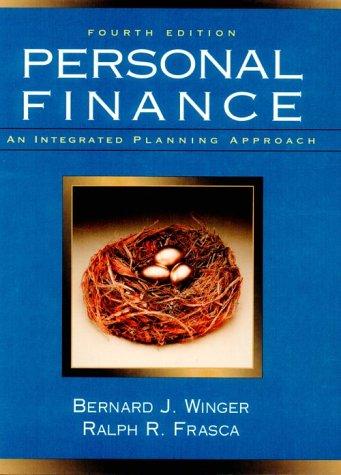Answered step by step
Verified Expert Solution
Question
1 Approved Answer
Please help me fill out the chart. the same person has answered this twice and not provided me with the full answer, so please only
Please help me fill out the chart. the same person has answered this twice and not provided me with the full answer, so please only provide the calculations that have yet to be done. Depreciation & Amortization, all of year 5 calculations, and non-cash expenses. also the second chart at the bottom with PV of cash flows and year 0 calculations.


We would need to immediately approve a capital allocation of $1.70 million to jump-start the project. In addition, we would need to capitalize another $20.5 million almost equally for the next three years. These expenses will be incurred on an after-tax basis. The first year of the project is unlikely to bring any additional revenues, but from second year, we should see revenues increase by $1.800 million. Our preliminary estimates also show revenues growing to $9.700 million in year 2,$19.300 million in year 3,$22.800 million in year 4 , and $24.600 million in year 5 . I am also attaching some information the team used for the cash flow valuation. See you later to go over the numbers. The finance team got together to discuss the financing costs of the project. The following is an excerpt of their discussion. Read the dialogue and fill in the missing word or words. DIKRAN: Should we use the company's WACC or use the beta of a comparable project when applying a cost of capital to this project? SANFORD: We calculate our WACC on an annual basis based on the company's capital structure for the fiscal year. All of our investments are treated as cash investments so that we can fairly compare all initiatives based on their value proposition. This is a one-of-a-kind project in the ed tech space, and we believe that it will drive incremental revenues and contribute to the preservation of revenue for Cengage's existing products. The project also seems to align with the reinvestment objectives of our private equity owners. DIKRAN: Sounds good. We also calculate our applicable tax rates annually, and considering the digital landscape of this project, we necessarily need to use different tax rates based on the different states in which we operate. I guess it is fair to apply a standard tax rate in the valuation of the project cash flows. SANFORD: Let's use our standard WACC of 12%. I'll see you soon to discuss the valuation of the project. Project Evaluation The analysts in the team run the numbers and hand over the evaluation to Sanford. Complete the data in the report. (Note: Round your input values to three decimal places and your output values to two decimal places. Use a minus (-) sign to indicate any negative amount.)
Step by Step Solution
There are 3 Steps involved in it
Step: 1

Get Instant Access to Expert-Tailored Solutions
See step-by-step solutions with expert insights and AI powered tools for academic success
Step: 2

Step: 3

Ace Your Homework with AI
Get the answers you need in no time with our AI-driven, step-by-step assistance
Get Started


